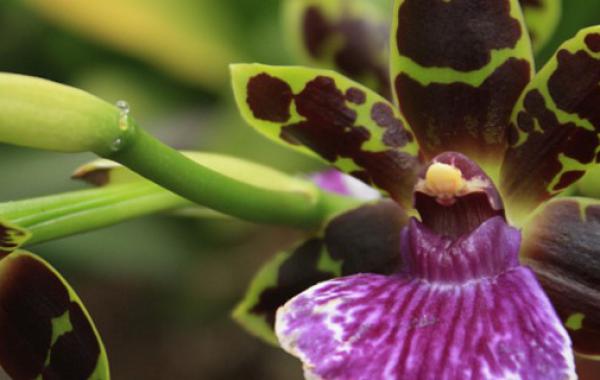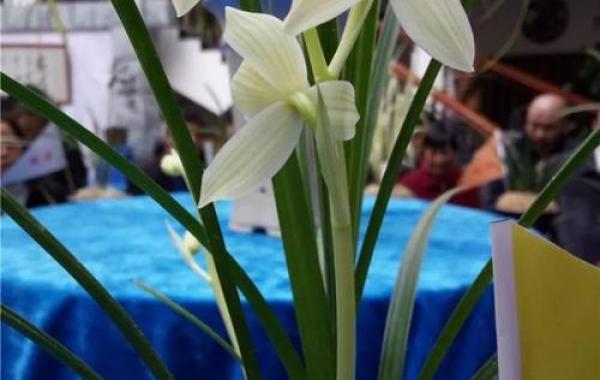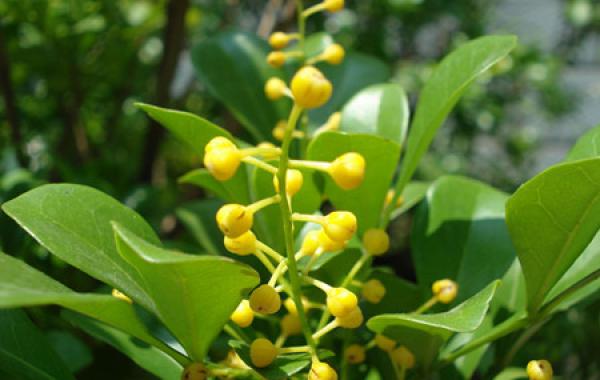What are the key points and requirements of orchid cultivation?

Cultivation regulations: sufficient breathable and soft plant materials should be used for breeding epiphytic orchids, and thick and soft culture soil must be used for raising terrestrial orchids. Usually keep them in a warm house with scattered light and maintain natural ventilation. Key points of cultivation: during the growing season, water should be watered every 2-3 days, and a full range of compound fertilizers should be applied 2-3 times a month. It is necessary to apply phosphate and potassium fertilizer several times before flowering. In winter, watering should be lowered or stopped.
I. training regulations
The main results are as follows: 1. The cultivation medium stipulates that the orchid can be divided into two kinds: parasitic orchid and terrestrial orchid. If the orchids raised are parasitic orchids, then sufficient breathable and soft plant materials must be used, which can be mixed with tap water moss, rotten tree roots, stones, ceramsite sand and so on. If you have to raise terrestrial orchids, then you must use thick, soft soil, which can be mixed with humus, peat, sand, garden soil and other soil layers.
2, the natural environment regulations: the vast majority of orchids like semi-shade, warm maintenance of the natural environment, not resistant to high fever, depression, Aojiao, dim, exposure and other extreme natural environment. So at that time, it was proposed to put it in a warm room with scattered light and maintain natural ventilation.
Second, the key points of training
1. Watering: the vast majority of orchids prefer to be wet. Therefore, when training them, we should pay attention to immediate water supply and drainage, and do not let their plant materials get completely wet. During the growing season, it can be watered every 2-3 days. At that time in winter, their growth rate decreases significantly, so the rate of watering must be reduced, preferably every 10-15 days. If the average temperature is extremely low, watering can be stopped.
2. Fertilizing: they prefer to be fat and must have enough nutrients to grow well. Therefore, at the time of cultivation, we should also pay attention to immediate fertilization. In the growing season, compound fertilizers with all nutrients should be applied 2-3 times a month. Near the flowering time, they should also be applied several times of phosphate and potassium fertilizer to stimulate the growth and development of flowers and bones and help them bloom as soon as possible.
Related
- Is the orchid suitable for indoor use? Is it good for the body?
- How to prevent the empty root of orchids?
- What to do after the crab claw orchid is withered?
- Why are the leaves of orchids always yellow? Fertilizing and watering.
- Can the root of the gentleman orchid be saved if it is rotten?
- Diagnosis and treatment of cotton-blowing beetle insects in Cymbidium
- There is a way for a gentleman's orchid to rot.
- What is the most suitable temperature and humidity for the orchid?
- How to raise a gentleman's orchid? Cultivation techniques of Cymbidium
- How to prepare the nutritive soil for the cultivation of Cymbidium



